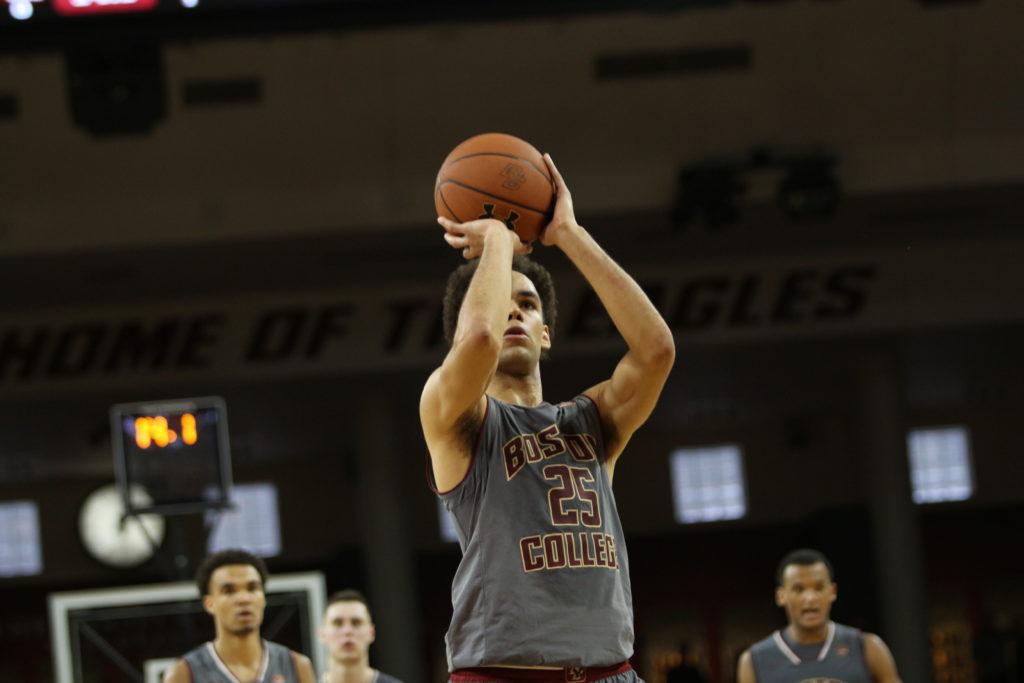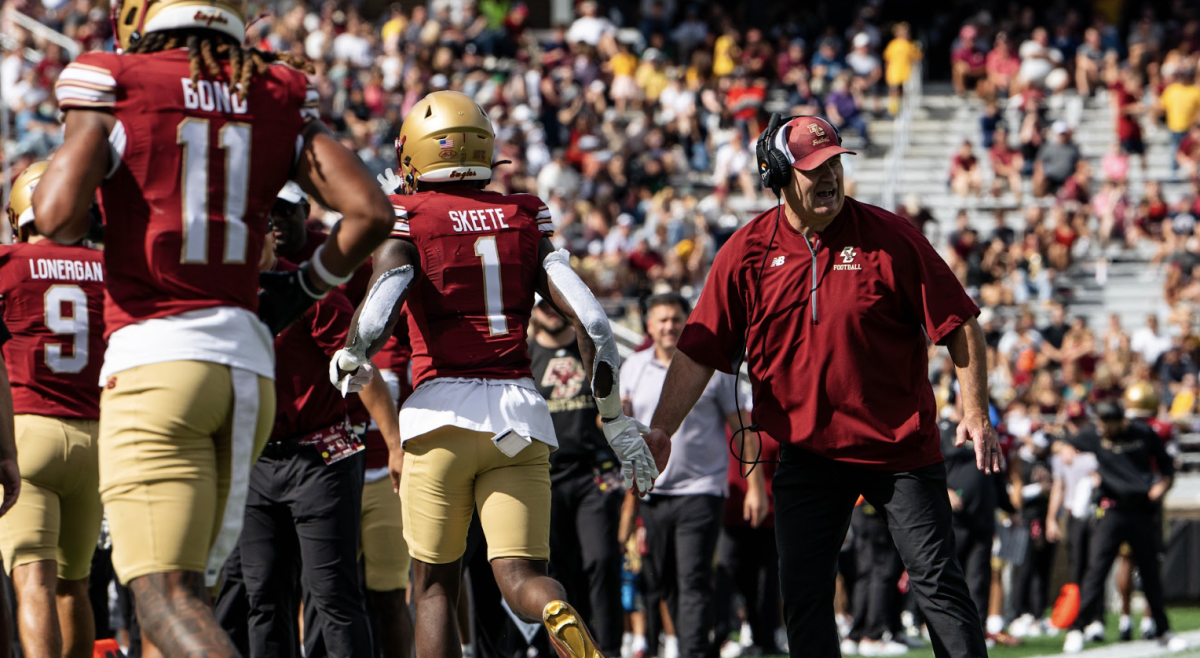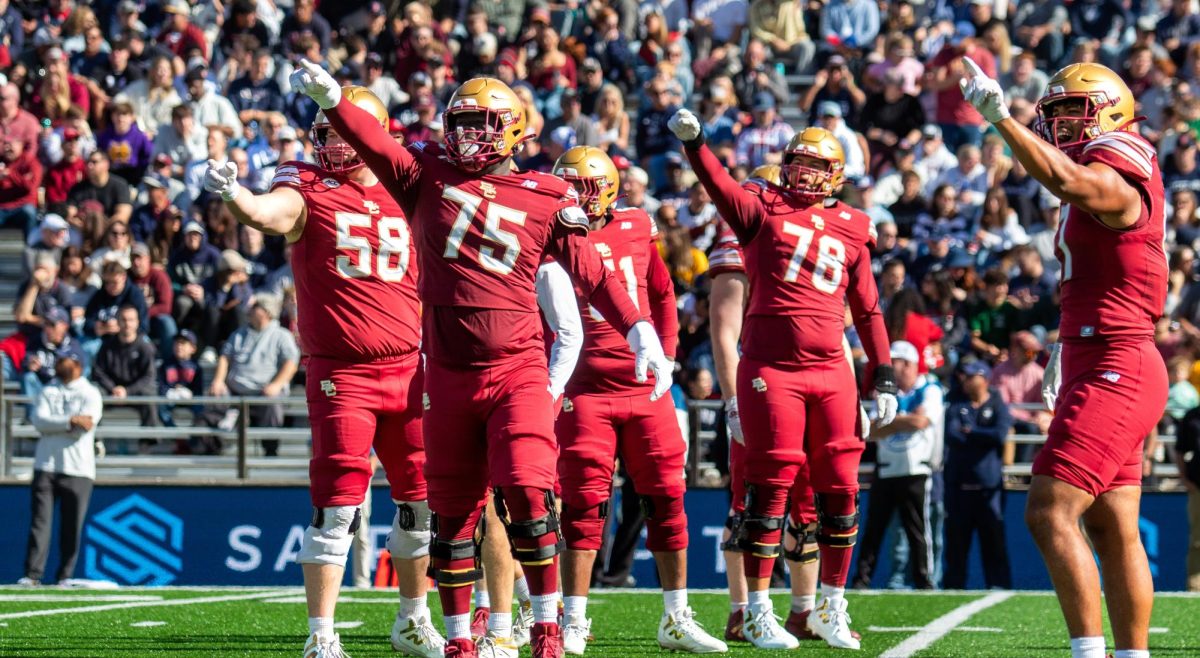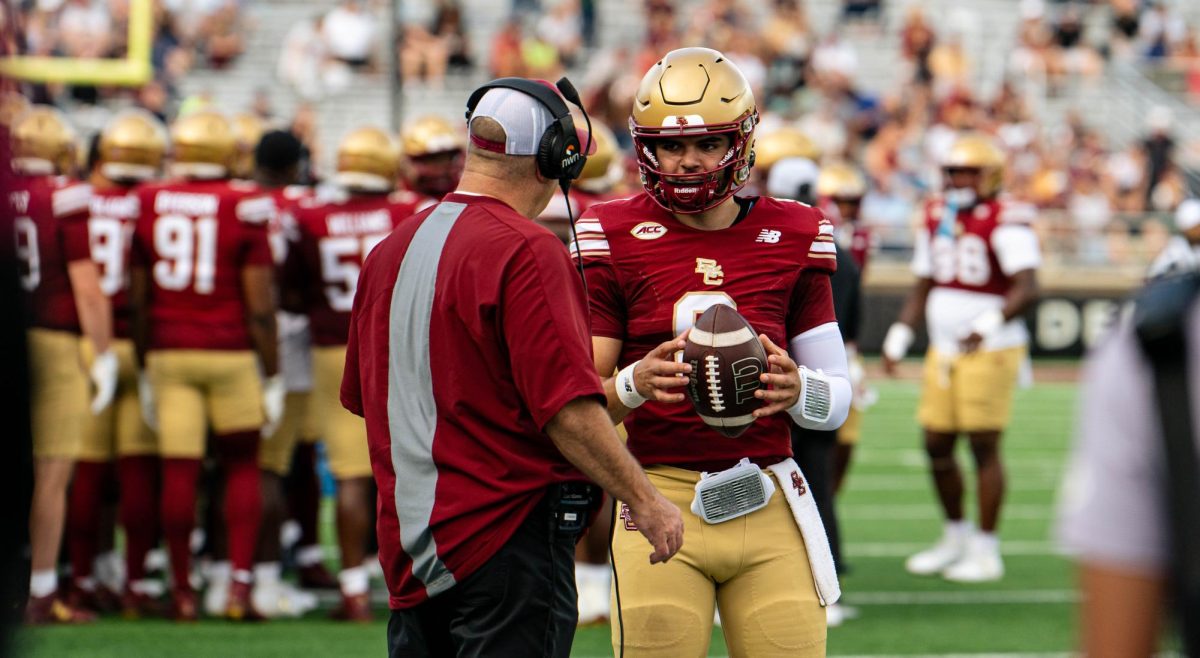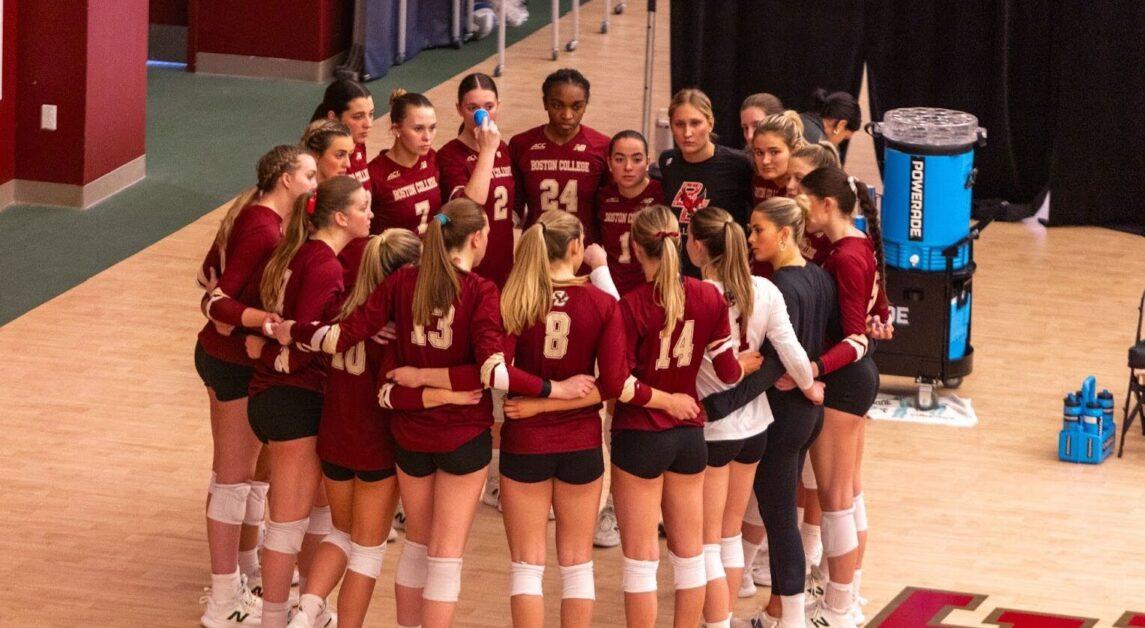A year ago, Pittsburgh men’s basketball forward Cameron Johnson averaged 12 points and five rebounds and was slated to be the top returning scorer for a team that had limped to a four-win ACC campaign.
Instead, Johnson—a tremendous student who graduated from Pittsburgh in three years—opted to transfer. He picked North Carolina, immediately drawing anger from the Panthers’ athletic department. Pittsburgh’s ensuing statement said that any transfer within the conference would have to sit out a year, which would cost Johnson one of his two remaining seasons.
Johnson, though, was classified as a graduate transfer—which meant that he was allowed to play immediately at the school he transferred to, a move made famous back in 2011 when Russell Wilson left NC State to star at Wisconsin. The ACC’s rules additionally exempt graduate transfers from its intra-conference transfer rules, which require players not only to sit out a year, but lose a year of competitive eligibility.
This meant that Pittsburgh’s in-house rules were in opposition to the conference, and the backlash led to them relenting—flashforward seven or so months, and the forward is now averaging 13 points a game for the Tar Heels, since returning from an injury.
What Johnson’s story highlights is the significant imbalance between student athletes and the coaches and athletic departments they play for.
His story isn’t unique, and the frequency of such transfers is increasing. Boston College has had plenty of help in that department. Just this year, the much-touted Teddy Hawkins arrived from Illinois State to play basketball, while Jordan Chatman (BYU), Connar Tava (Western Michigan), and Mo Jeffers (Delaware) all arrived the year before.
In the Eagles’ cases, the players were released from their prior programs without a problem. Johnson’s path to Chapel Hill, however, is more common—both at the graduate and undergraduate level. It goes as follows: A player wants to transfer, and the coach grants permission, but then restricts where the player can go. Eventually, after the player reveals the list he’s been limited to, the coach usually caves into pressure.
This pressure to free a player comes up time and time again, like when wide receiver Corey Sutton sought to transfer from Kansas State last season. Wildcats coach Bill Snyder was frustrated that Sutton was leaving after the wide receiver handed him a list of 35 schools he was interested in. Snyder blocked every single one, but later relented in the face of a media firestorm. Shortly later, Sutton left for Appalachian State.
I’ve always felt that coaches shouldn’t be able to put restrictions on what schools a player can transfer to. Snyder’s display of initially blocking 35 schools was a show of power, simply flexing the control that coaches in the NCAA have. Sutton’s struggles to get out are an all-to-common experience.
Take Miami’s Evan Shirreffs, who is currently mired in a battle of his own. The Hurricanes’ backup quarterback finished his business finance degree in three years, posting a remarkable 3.9 GPA. He submitted a list of some 18 schools, including several in the ACC—all with top graduate programs—that piqued his interest. Even as a graduate transfer, the Hurricanes are limiting his immediate eligibility within the division, refusing to let him go to the likes of Duke, Virginia, North Carolina, Wake Forest, and BC—schools that feature renowned MBA programs.
Shirreffs has a hearing on Monday in an effort to overturn it, but currently, Miami unfairly has all the leverage. People argue that the transfer limits are put in place to keep coaches from trying to raid their rival’s cupboards, yet the rules make it easy for coaches to penalize players for changing their minds or wanting better opportunities. With coaches constantly leaving—there were upwards of 40 new head coaches in D1 men’s college basketball this season—it’s not fair for the schools to curtail the player’s opportunities.Enter the Big 12, whose conference committee announced at the end of last year that it’s seeking to correct the imbalance—drastically.
The graduate transfer rule would remain unchanged, but coaches and athletic directors would no longer be able to block athletes from transferring to specific schools. Additionally, undergraduates who transfer would still have to sit out a year, unless they met one of three exceptions:
1) An undergraduate could transfer and immediately play if the player’s head coach was fired or left the program. However, if they chose to follow the head coach to his next job, they’d sit out a year.
2) An undergraduate could transfer and immediately play if the player’s program was sanctioned.
3) An undergraduate could transfer and immediately play if that player was a walk-on.
The proposal makes sense. It erases much of the NCAA’s rules that are unfriendly to athletes, placing them on a more level playing field. As millionaire coaches come and go, they leave their players in difficult positions—suddenly playing under a coaching staff they weren’t recruited by.
The public outcry over the Big 12 proposal has been swift, with the loudest criticism coming from coaches, as expected. Their complaints paint a picture of coaches worried about job security and their own success.
“We are getting ready to be a farm club system,” Southern Illinois men’s basketball head coach Barry Hinson said during the Missouri Valley Conference coaches teleconference last week. “If you think these guys aren’t going to be contacted, you’re living in a world that has fairies. And I’m telling you right now Tinker Bell ain’t in college basketball.”
“Which I think would be tragic,” SMU’s Tim Jankovich told SportsDay in response to the quote. “It seems like we would turn college athletics upside down.”
The thing is, college athletics need to be turned upside down.
I don’t believe in pure free agency, where student athletes have complete freedom, or in coaches being allowed to recruit players away from other programs. But I do believe that when talking about the new transfer proposal, you have to approach it with common sense—they’re just kids who signed letters of intent that unfairly restrict them from dealing with changes out of their control. The system is antiquated and punitive—coaches have too much power over the young men and women within their programs.
Another knee-jerk reaction to the proposal is thinking that once a coach is fired, the incoming coach will have an empty roster after a flood of departures.
Some also are concerned that some student athletes might use the rule change to transfer several times over their college career as a product of impulses, impatience, and indecision—after all, they range from ages 18 to 22. Take quarterback and wide receiver John Franklin III, for instance. He spent two years at Florida State, one at East Mississippi Community College, one at Auburn, and then a post-graduate year at Florida Atlantic.
The majority of arguments against the proposal throw their weight behind examples like this—with immediate eligibility, a student athlete could theoretically play four seasons at four separate schools.
Baylor coach Scott Drew described the potential future to ESPN as the “wild, wild west”—inferring that at the start of every season, preseason contenders would be filled with transfers from other programs and that any semblance of continuity would be gone.
Would it be, though?
Changes would bring more transfers, yes, but transfers don’t make up the majority of any rosters. Programs are built through recruiting, and that means that each year a coach wouldn’t be able to just completely rebuild the roster through this hypothetical “free agency.” Coaches still have to recruit, and it seems unlikely that it would be constant, dramatic roster turnover.
Additionally, the vast majority of college athletes don’t play at the next level, implying that choosing their school is about more than just the team they’re joining. Student athletes pour impressive amounts of time and energy for the opportunity to be recruited, then look to leave their mark at the next level. The motivations vary, but overall, it’s a chance to play at a higher level. What they do with it is up to them—they find homes, fresh starts, and potential to accomplish lifelong dreams. The program they’re part of is powered by them, so the idea that players would just automatically transfer constantly seems overly simplistic.
Yes, student athletes will have to exercise maturity—transfer rates are climbing already—but it’s the same accountability that coaches should be held to. High-level college coaches come and go constantly, leaving behind a large portion of their players. It’s only fair that student athletes have the same liberty.
Some also believe that it would be difficult to keep tabs on everything, and that there’s potential for mid-major schools to feel the hurt. Maybe. But the Big 12 proposal is a step in the right direction in evening the playing field for collegiate athletes.
It’s hard to imagine that this proposal will be implemented in its entirety. More likely, it will only eliminate coaches’ ability to restrict, but that’s still progress. The NCAA transfer rules have always favored helping schools instead of players, so any change is a step in the right direction.
Featured Image by Sanket Bhaget / Heights Staff

